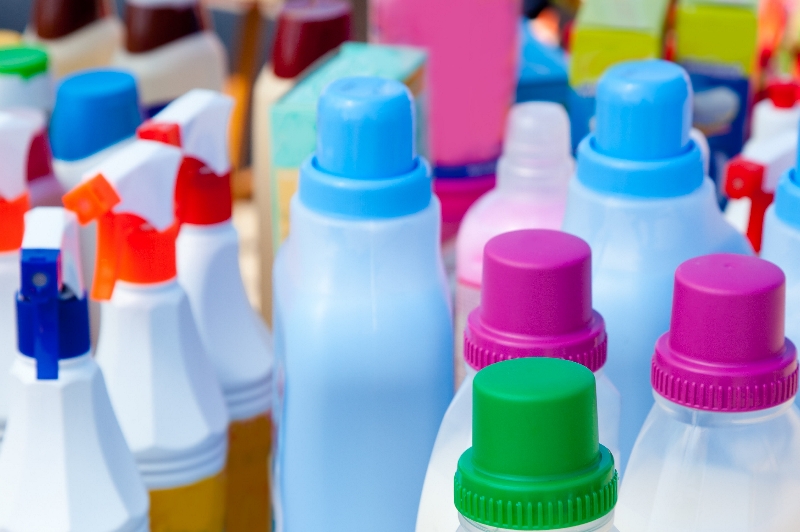
10th
Hazardous Chemicals Management – Continued Compliance in a Changing Landscape
By William Jones, Senior Environmental Consultant
Employers are required to maintain a register of hazardous chemicals that are in use or stored in the workplace.
The Globally Harmonized System of Classification and Labelling of Chemicals (GHS) is an international system developed by the United Nations to standardise chemical safety globally and is now the recognised standard across all Australian states and territories.
Most states implemented GHS from January 2017 in line with the federal Model Workplace Health and Safety (WHS) Act whilst Victoria and Western Australia have made transitionary arrangements to do so.
Victoria has now committed to integrating the GHS into its existing regulations by 01 January 2018 and Western Australia has implemented provisions to allow for the use of either GHS compliant or older style Safety Data Sheets (SDS).
The GHS vs the ADG Code
Key elements of the GHS system are the use of standardised signal words, hazard statements and pictograms, to communicate chemical hazards. These pictograms are similar to, but distinct from, the diamonds used under the Australian Dangerous Goods Code.


ADG Code Diamond (Pictured Left) GHS Pictogram (Pictured Right) - Similar but different pictograms for corrosive chemicals
The GHS replaces the ADG code where it was previously applied to workplace storage and handling, but does not apply to chemicals being transported, where the ADG Code remains in force.
The GHS also broadens hazard classes to include a range of chemicals (e.g. mild corrosives and irritants) that would previously have been classified as non-dangerous and non-hazardous.
In effect, all chemicals that are classified as dangerous goods are now also classified as hazardous chemicals, but not all hazardous chemicals are also dangerous goods.
Household chemicals in a workplace
The WHS Regulations require that a register of all hazardous chemicals used and stored at a workplace be maintained, that up to date SDSs be made available to all workers, and that risk assessments are undertaken for each chemical. However, some chemicals such as cosmetics and toiletries, therapeutic goods and consumer chemicals intended for domestic use, are exempt from these requirements.
Judgement is required, however, about how such a domestic chemical is actually used in the workplace. For instance, a chlorine bleach kept under the sink in an office kitchen may be excluded as it is incidental to the work carried out, but that same bleach if used on a daily basis by a cleaning contractor must be assessed and managed appropriately.
Caution is also required in Western Australia, where these exemptions do not currently apply.
Conclusion
In non-manufacturing workplaces the management of chemicals usually represents a minor risk. Nevertheless the regulations described above, changing as they are, should be followed to ensure compliance and safety for your staff and contractors.
Learn more about how QED help manage the risk of chemical storage using our online Chemical Register.
Categories
Recent Posts
Trichloramine and Indoor Air Quality in Swimming Pools
05th Nov
For swimmers and pool workers alike, the characteristic "chlorine smell" at indoor swimming pools is part of the experience. Howev...
Indoor Air Quality Takes Centre Stage: A New Government Report on Airborne Virus Transmission
30th Sep
The importance of Indoor Air Quality (IAQ) has gained significant attention following the release of a groundbreaking report from Australia�...
Changes to the workplace exposure standard for welding fumes
15th Mar
On January 18, 2024, SafeWork Australia made a significant adjustment to the Workplace Exposure Standard (WES) for Welding Fume (not otherwi...

















